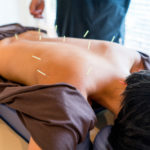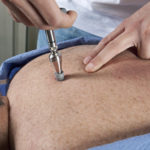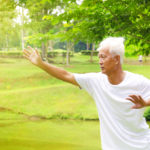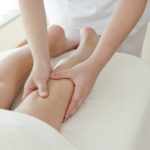Are Ear Seeds Worthwhile?
What is your opinion of ear seeds? Can they really reduce pain and anxiety as advertised?
Andrew Weil, M.D. | March 2, 2020
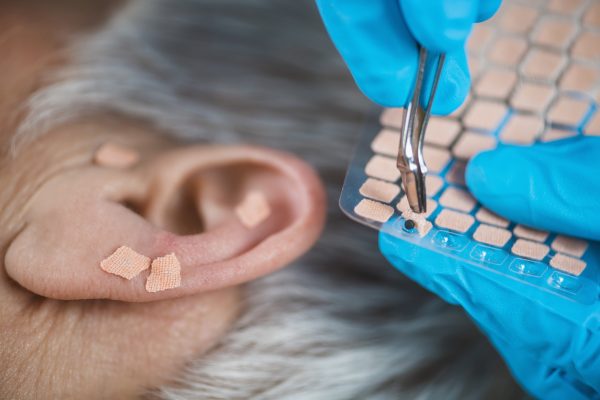
Ear seeds are tiny magnets or seeds of the vaccaria plant (Vaccaria Hispanica) that are often covered in gold or silver. They are embedded in the ear to treat pain and anxiety. The seeds are placed on pressure points that first were mapped in the 1950s by French physician Paul Nogier.
Since then 39 standardized points in the ears have been identified. Treatment for both physical and spiritual healing with ear seeds is offered in some spas, clinics and salons. And you can buy ear seed kits for home use. You apply the seeds following directions on a chart indicating the location of relevant pressure points.
Despite claims, I’ve seen no studies showing that ear seeds can effectively treat insomnia, stress or migraine headaches and only a few that show their effects on chronic pain. However, a study published in 2012 showed the feasibility of using ear acupuncture – with needles, not seeds, and following a five-point ear protocol created by a military physician – to help address the pain of wounded soldiers in the field without sedating them. Battlefield nurses administered the ear acupuncture, and most soldiers treated said they would choose to receive it again if needed.
Other research has indicated that ear acupuncture can relieve pain quickly and works at least as well as pain medication. A study published in 2013 in which seeds were taped on designated ear points was designed to determine whether this approach could relieve chronic low back pain. After four weeks, participants reported a 70 percent reduction of their most intense discomfort, a 75 percent reduction in overall pain intensity and a 42 percent improvement in disability due to back pain. These positive changes were statistically greater than those seen among other participants who had seeds taped on different locations in their ears.
Still, very few studies have investigated the effects of ear acupuncture – with or without “seeds” – and among the few investigations that have been done, not all are regarded as high quality. Some research has shown that ear acupuncture for treatment of pain may cause local discomfort, transient tenderness and pain, irritation of affected skin, minor bleeding and dizziness.
The question of whether ear acupuncture could successfully and reliably treat anxiety was investigated in Brazil in 2017 in a study with nurses at the Beneficência Portuguese Hospital of São Paulo. Researchers reported that the best results were seen with needles rather than seeds.
Andrew Weil, M.D.
Sources:
M.Murakami et al, “Ear Acupuncture for Immediate Pain Relief—A Systematic Review and Meta-Analysis of Randomized Controlled Trials,” Pain Medicine, October 17, 2016; doi.org/10.1093/pm/pnw215
Jing-Yu Tan et al, “Adverse Events of Auricular Therapy: A Systematic Review,” Evidence Based Complementary and Alternative Medicine, November 10, 2014
H.J. Zhao et al, “Auricular therapy for chronic pain management in adults: A synthesis of evidence.” Complementary Therapy Clinical Practice, April 4, 2015, doi: 10.1016/j.ctcp.205.03.006


